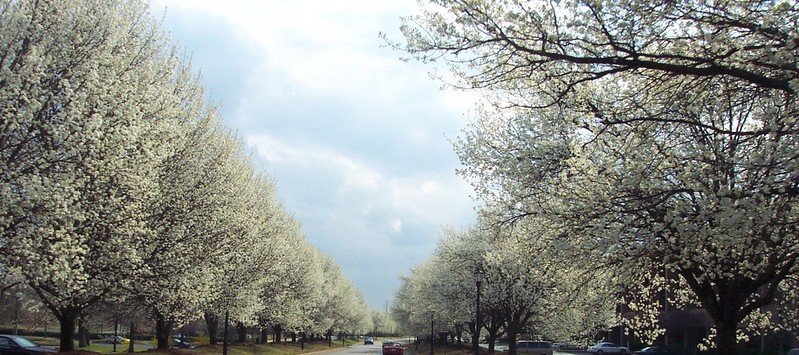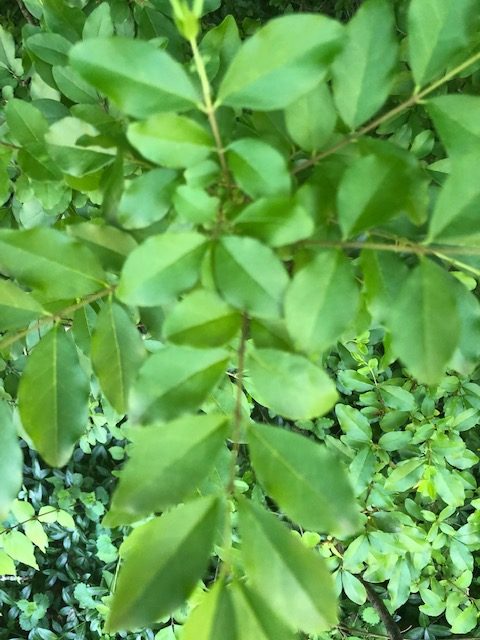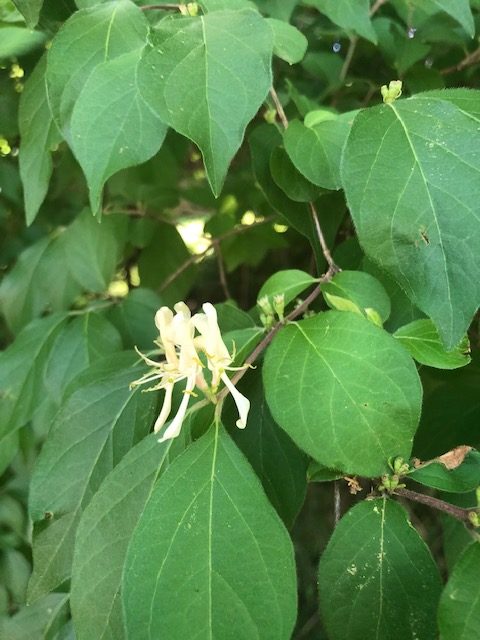The landscape plan for your log or timber frame provides the entire feel of the home. It can point people to the view scapes of a valley or a tree line. It can camouflage areas to which you do not want to draw the eye. The landscape plan could provide definition for different areas of the property and how balconies and porches see the property from the house.
Landscape plans are a key part of the overall home’s design. Beyond what you may want to achieve with a landscape plan, there are some things to be very careful about.
Landscape Plans
One important aspect of a plan is what plants to purchase to ensure sustainability of your site and surrounding ecosystem. Using local varieties and native species is a good idea. Native plants have adapted to the climate and soils of your area and may require less water and nutrients to grow. These plants can also serve as host and nourishment for desirable critters such as butterflies and bees and other insects known as pollinators which are very important to the ecosystem. The native varieties also are not apt to spread uncontrollably and will not become invasive. Check with local nurseries to get more information on where to purchase these.
Invasive Plants
It is a good idea to avoid introducing potentially invasive plants on your property, but they may already be there. These plants grow quickly and spread to the point they may adversely affect the environment. Some ornamental and non-native plants can destroy habitat and can spread species into an entire area – well beyond your property and shade or out compete native vegetation.
While many introduced non-native plants can be viable commodities in the nursery and horticulture industry, certain ones can pose serious management problems to land managers, and horticulturalists and a serious threat to natural areas decreasing native plant diversity and turning an aesthetic landscape into a management nightmare. Many states spend several millions of dollars a year to control them and into the billions nationwide.
Some common Invasives to be familiar with
Kudzu
A native to Japan and southeast China, was introduced the United States in the 1876. farmers were mistakenly encouraged sow the plant as ground cover to stop soil erosion, which it did not do. Seen along roadways, encroaching on stream banks and covering farmlands and choking every plant and tree that the vines cover. New growth may exceed one foot per day!
Bradford Pear
Bradford Pears, an ornamental tree which has been wildly planted in the southeast with their short life cycle, structurally unsound and danger from falling in storms or with age. Birds love the small fruit help spread the unstable trees across the countryside. The trees grow to 30 feet tall and shades out anything from growing beneath it. They can become dangerous to anyone and anything underneath them. The deep “V” shaped branches snap without warning crashing to the ground and are dangerous for anything below.
Privet
Privet is a shade tolerant and aggressive and troublesome invasive plant often forming dense thickets. A native to China and was introduced into the US in the early to mid-1800’s. An ornamental landscape plant, it has been cultivated since ancient times and developed into several horticultural varieties. Privet infestations beneath hardwood canopies are common along field borders, drains and streams. Privet has no known biological controls and is difficult to remove. It is spread from seed dispersal by bird and other animals and from root and stump sprouts.
Bush honeysuckle
Native to Asia, and like the privet, they are shade tolerant and take advantage of tree canopy gaps to get established. Honeysuckle bushes are commonly found growing under trees, tall shrubs, and along fence rows that act as perch sites for birds. Bush honeysuckles form dense thickets in open forests, forest edges, abandoned fields, pastures, roadsides, and other open upland habitats. Seeds are long-lived in the soil and they spread similar to privet.
Invasive removal
Mechanical Control: Repeated mowing or cutting may help control small and initial populations where herbicides cannot be used but will not eradicate many of them, especially privet or honeysuckle. Hand Pulling small plants or using a Weed Wrench, or similar uprooting tools, can be effective but the entire root must be removed since broken fragments may resprout.
Herbicides: The use of herbicides such as Glyphosate (Roundup) or Triclopyr (Turflon, Weed-B-Gon and Brush-B-Gon) can be used just be sure to follow the label for method and use safely.
Resources for planting native wildflowers to mitigate fire risks and enhance habitats:
https://www.fs.fed.us/wildflowers/Native_Plant_Materials/index.shtml
Plant Hardiness Planning Guide:
https://planthardiness.ars.usda.gov/PHZMWeb/
Native Trees of North America:
https://www.inaturalist.org/guides/10635
Don Green is a LEED AP biologist who specializes in environmental policy, low impact development, green infrastructure, energy/water nexus, water quality, erosion and sediment control, stormwater and environmental education. Contact him at biogreen1@comcast.net.






